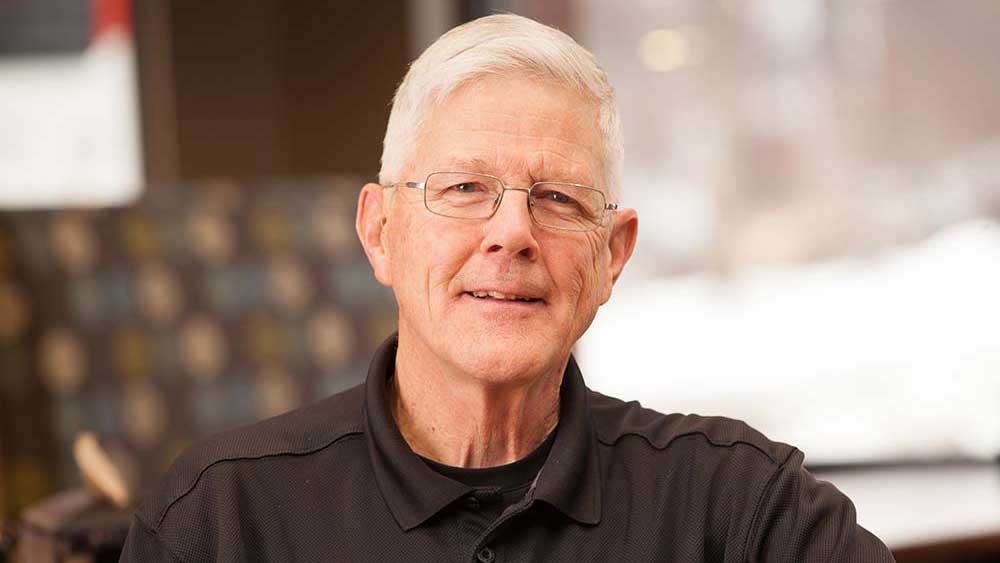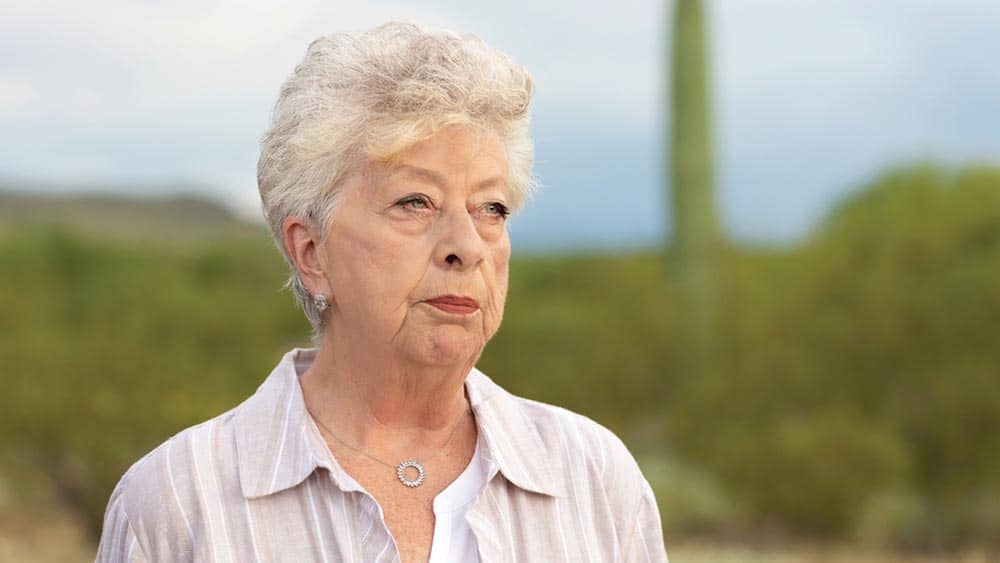

How to Detect Undernutrition in Seniors
Whether due to cognitive impairment, physical disability or underlying diseases, a variety of issues can contribute to undernourishment in older adults. Scott Teresi, owner of Right at Home Hudson Valley and former registered dietician, has a unique understanding of what kind of nutrition issues seniors are struggling with in the home.
Teresi spent the first 20 years of his career working as a registered dietician, first at a health center, then in various roles for Nestlé’s Health Science, spending time in hospitals and nursing homes to provide nutritional support for seniors with malnutrition and patients who required modified diets.
Factors That Lead to Undernutrition in the Elderly
At Right at Home, Teresi uses a mini-nutrition assessment tool developed by Nestlé to spot malnutrition in new clients. The assessment includes a simple six-question survey, which, depending on some of the responses, can give way to 20 additional questions for a deeper dive into the nutritional issues a client is facing.
While the tool is effective in determining where seniors fall on a sliding scale of malnutrition, you do not, however, need it in order to detect signs of undernutrition in your older loved ones.
“There can be environmental factors and physical factors that impact nutrition in older adults,” says Teresi. “But some physical symptoms, like lightheadedness or fatigue, can be side effects of certain medications, so it’s more important to focus on the environmental factors.”
Some of the environmental factors Teresi recommends looking for include:
- Expired products in the fridge or pantry.
- A bare fridge or pantry.
- A lack of dirty dishes in the sink or dishwasher.
- Dentures that don’t fit, or are not regularly worn.
When it comes to the physical factors that play a role, Teresi emphasizes that dehydration is a major contributor to nutrition issues in older adults. “Also, keep an eye out for risk factors like whether or not they are mobile enough to walk to and from the kitchen; possible cognitive or neurological issues, such as dementia or depression; and whether they are taking more than three prescription medications,” he says.
6 Easy Ways to Improve Senior Nutrition
Although there are many ways to improve a senior’s nutrition in the home, Teresi advocates for keeping it simple.
“We train our caregivers to make meal times more of an experience for clients,” says Teresi. “It’s really about the little things — sitting at the dining room table, setting out placemats and silverware, and using their nice china or platters. It’s about making the whole food experience more enjoyable for them.”
In addition to sitting down for a proper meal with elderly clients, Teresi has found other ways to help seniors who are struggling with proper nutrition:
1. Increase fluid intake. “Dehydration is a huge contributor to nutritional issues as we age,” says Teresi. “We naturally lose some of our thirst sensation as we get older, and when you mix that with prescription medication use, dehydration poses a big risk for seniors.”
2. Look for opportunities to increase protein in the diet. Sometimes the reason behind a nutritional deficit is simply not eating the right combination of foods. Protein is an important building block for every diet, and something that many seniors lack. “Eggs, cheese, milk, yogurt — most people only think of meat when they think about protein, but these dairy products are very simple ways to incorporate more protein into a daily diet,” Teresi says.
3. Introduce fresh fruits and vegetables. For a variety of reasons, older adults don’t keep as much fresh produce in the house. Fresh fruits and vegetables, however, are rich in vitamins and minerals that are essential for the body and a balanced nutrition plan.
4. Try to avoid meal replacement shakes. Meal replacement shakes, even ones marketed to seniors, are not necessarily the best choice when it comes to fueling your body. According to Teresi, not all calories are created equal, and seniors would be better served by consuming calories that also have greater nutritional value.
5. Identify where there are empty calories. “Many of our clients like to have afternoon tea with cookies,” says Teresi. “But by the time dinner rolls around, they don’t feel hungry, so they forgo it. We recommend skipping the cookies and snacks, which are empty calories, in order to get a greater nutritional return from meal times.”
6. Try frozen vegetables. “Frozen vegetables are a great alternative to fresh,” says Teresi. “They are also a great solution for those who can’t cook often because they won’t spoil, or for those who don’t enjoy cooking because they already come pre-chopped and are easy to heat up.”
Fighting Malnutrition in Older Adults
Teresi is on a mission to help seniors combat undernutrition as they age.
“About 80% to 90% of the clients we see are in some way at risk of malnutrition for a variety of reasons,” Teresi says. “The nutrition component to the care we provide is a significant value to all of our clients and their families. And our caregivers love it, too! Research has shown that eating with someone else improves nutritional status, so we encourage our caregivers to sit down and eat with clients, either at home or at a restaurant. It’s a really nice experience for both parties.”
Latest Resources for Seniors
Featured article








